The Beijing Central Axis, which is adorned with numerous cultural relics and historic buildings in a straight north-south line, is considered the backbone of China's capital.
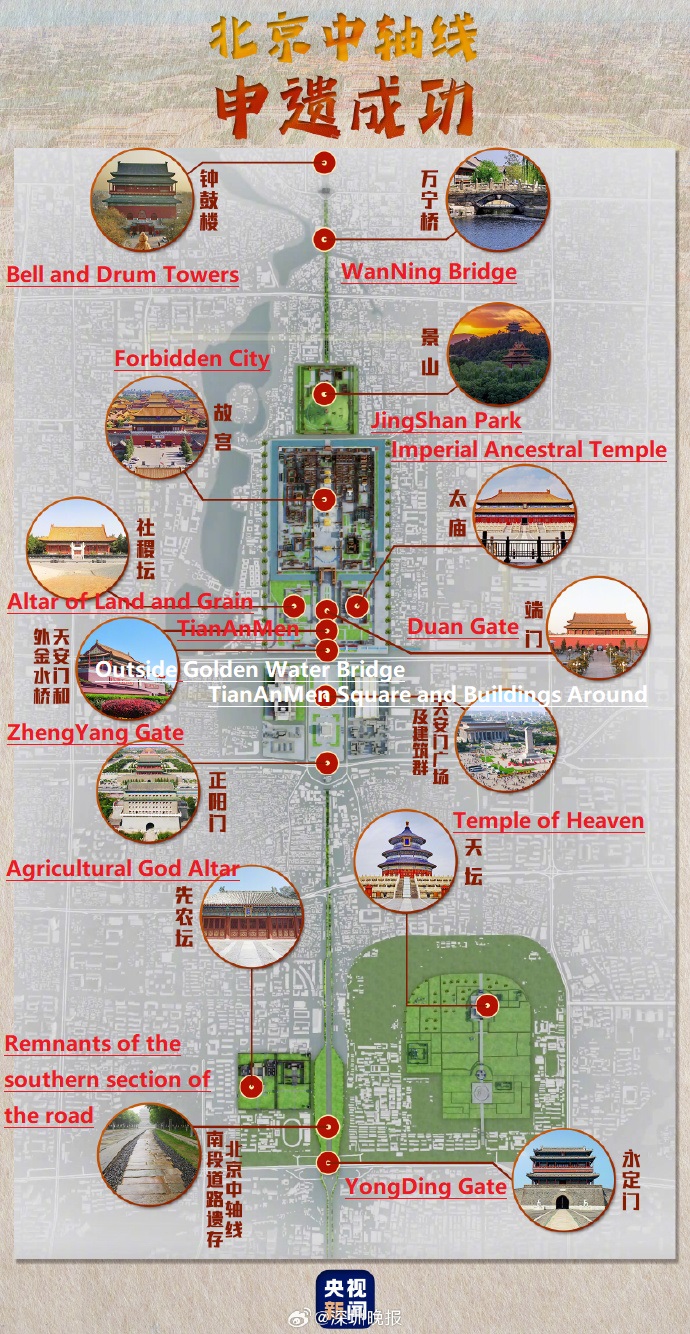
A Ensemble of 15 ancient buildings From North to South on the Beijing Central Axis:
1. Bell and Drum Towers
Standing at the northern end of the Central Axis, the two ancient buildings offered time services in ancient China.
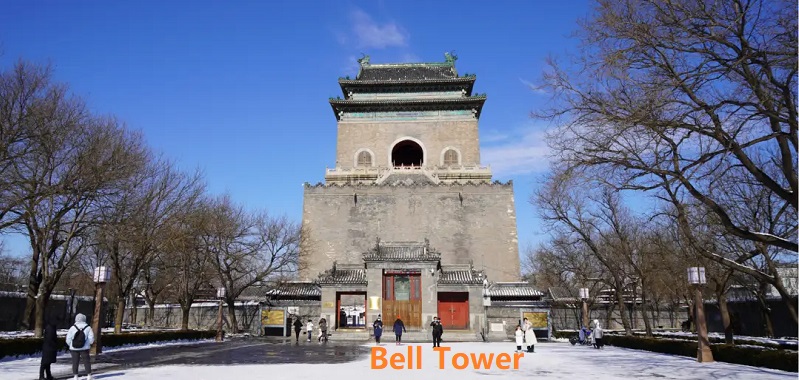
Bell Tower
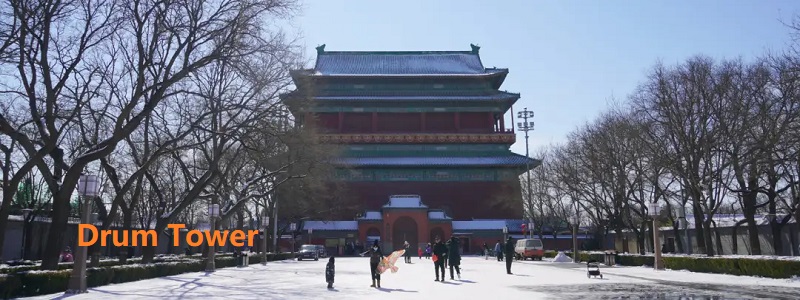
Drum Tower
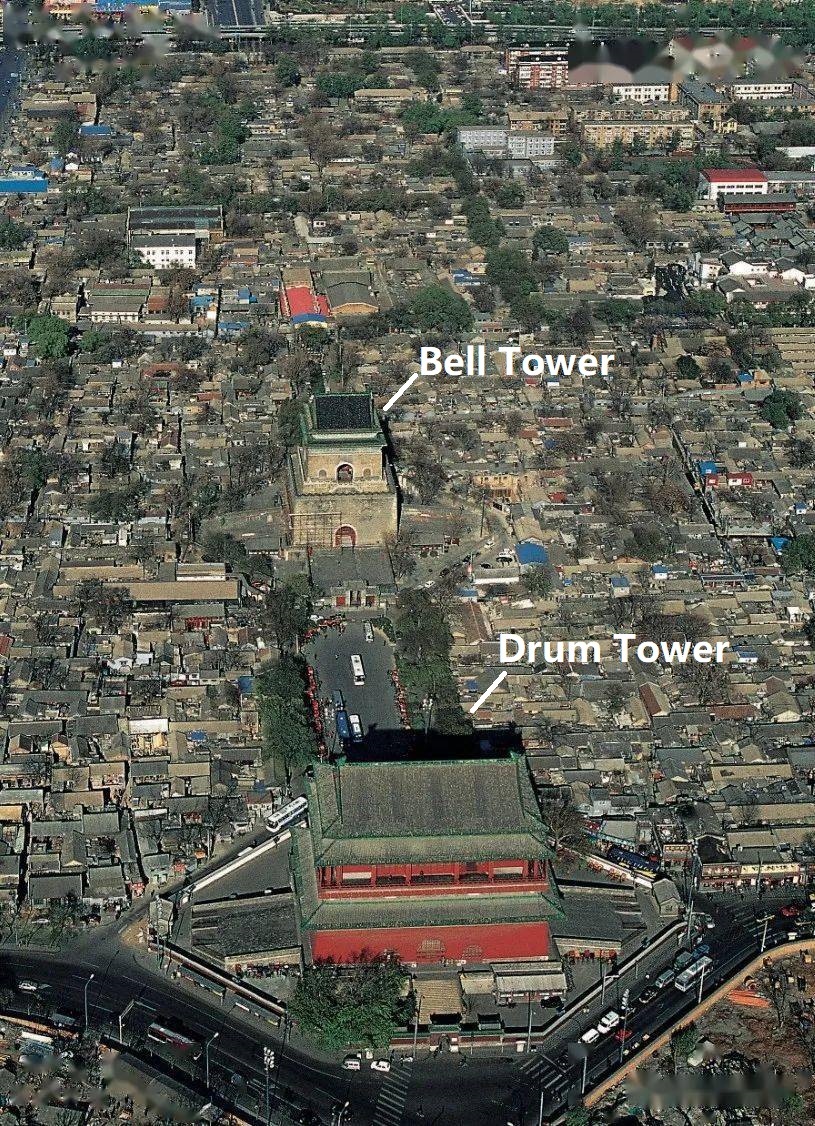
Overlook of Bell Tower and Drum Tower
2. WanNing Bridge
The single-arch stone bridge was built during the Yuan Dynasty (1271-1368). Located at the junction of the city's Central Axis and the Beijing-Hangzhou Grand Canal, it was a transportation hub then and also served as a monitoring site for water data.

3. JingShan Park
Once the highest point at the heart of the old city, it provides a panoramic view of the capital and remains a popular destination for sightseeing and photography.

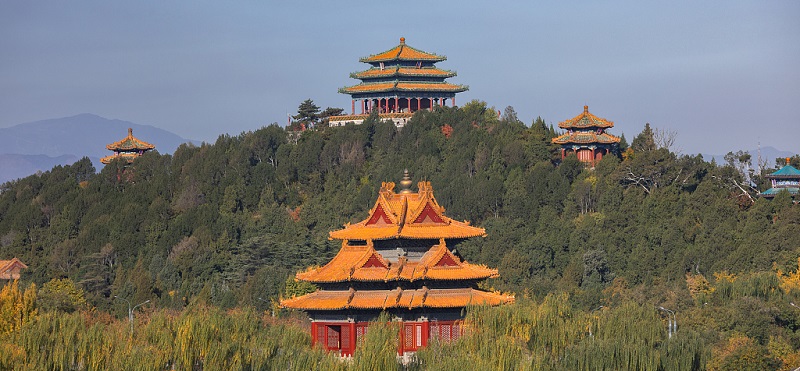
4. Forbidden City
A complex of royal palaces during the Ming and Qing (1644-1911) dynasties, the Forbidden City, of today's Palace Museum was included in the list of UNESCO World Heritage Sites in 1987.

5. DuanMen Gate
As one of the front gates of the Forbidden City, the Duanmen Gate was where royal guards of honor kept their ritual items for emperors' tours.

6. Altar of Land and Grain
It was a site used for worshipping the gods of earth and grains by emperors during the Ming and Qing dynasties. In 1988, it was listed as a key national cultural heritage site.
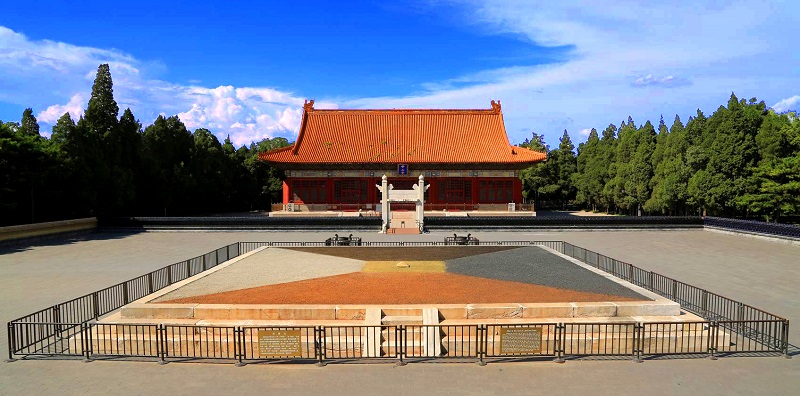
7. Imperial Ancestral Temple (Taimiao)
It served as the site where ancient Chinese emperors held memorial ceremonies to their ancestors and was repurposed for the Beijing Working People's Cultural Palace in 1950.
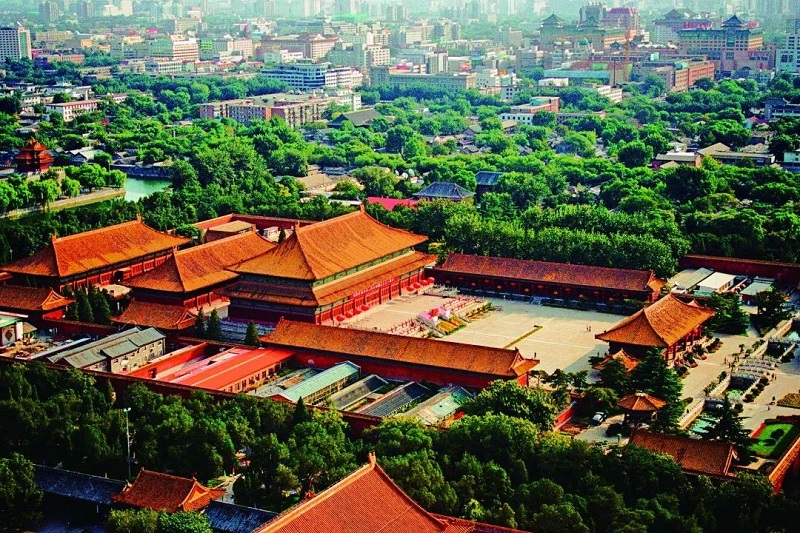
8. TianAnMen Gate
Incorporated into China's national emblem design, the building is one of the country's iconic landmarks.
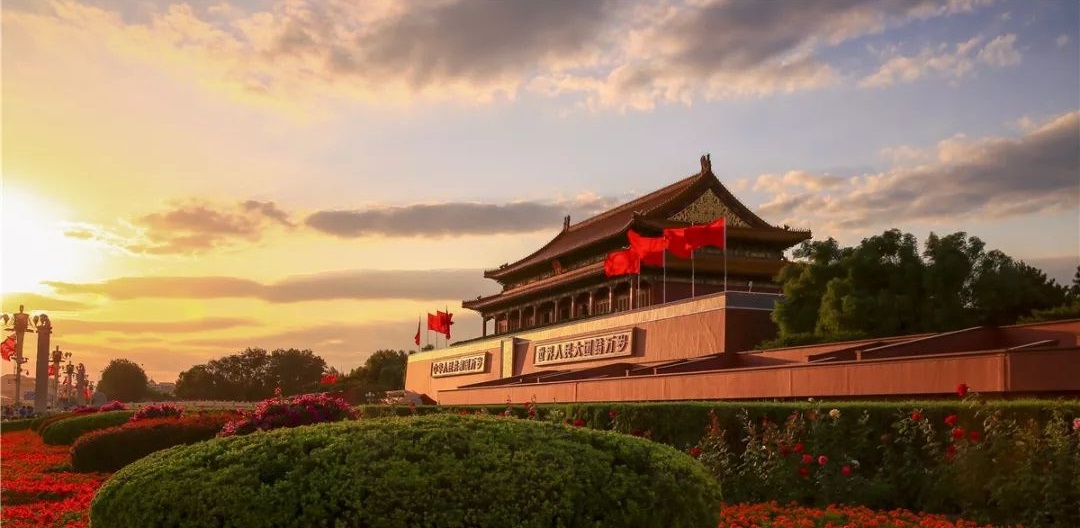
9. Outer Golden Water Bridge
A group of white marble bridges in front of Tian'anmen Gate provided a passage for ancient officials entering the Forbidden City.


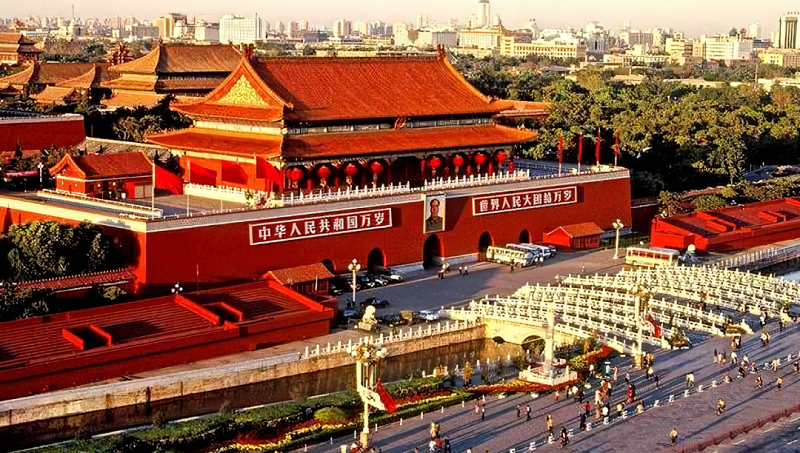
10. TianAnMen Square and Buildings Around
Tian'anmen Square is a prime site to hold pomp and circumstance events of national significance. Its surrounding buildings include the Monument to the People's Heroes, Chairman Mao Memorial Hall, the National Museum of China and Great Hall of the People, all built in contemporary China.
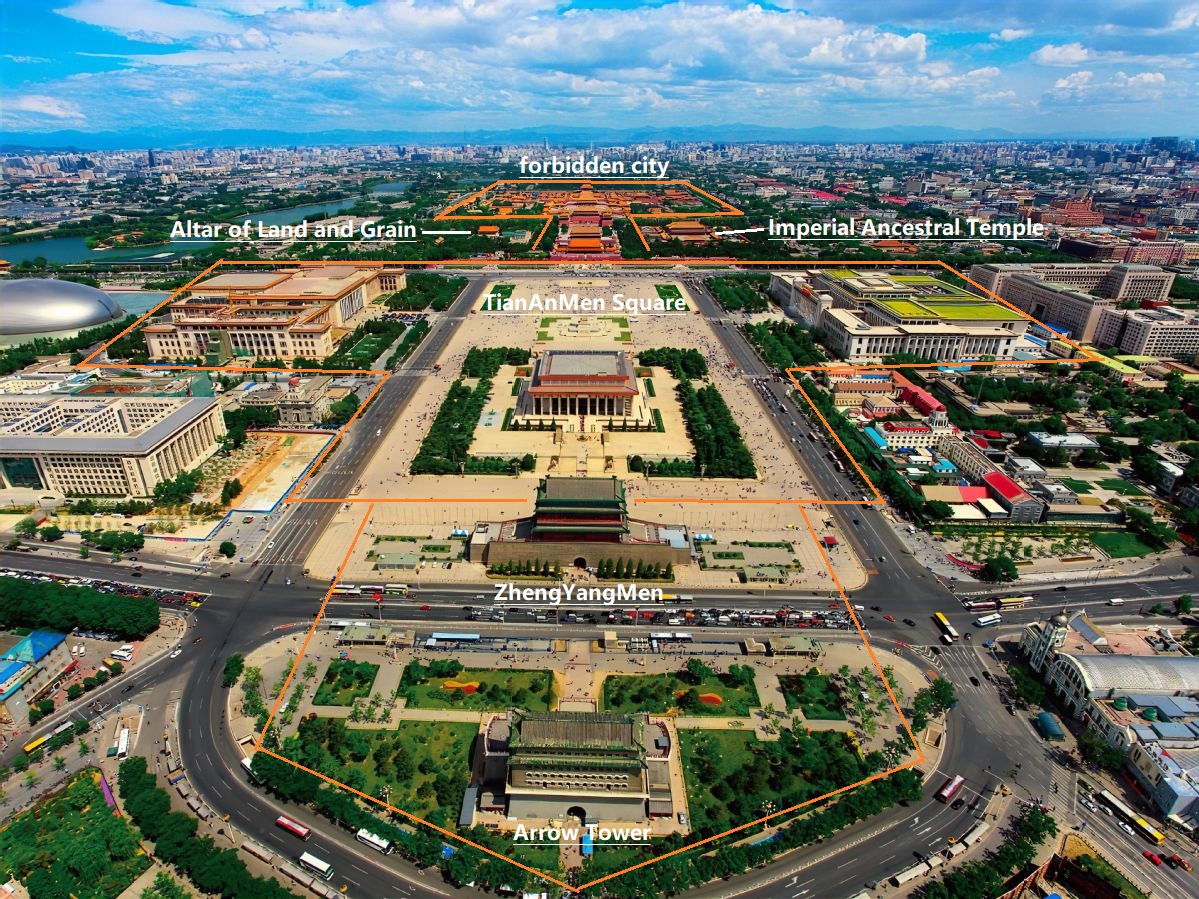
11. Zhengyangmen Gate
One of the nine major city gates of old Beijing
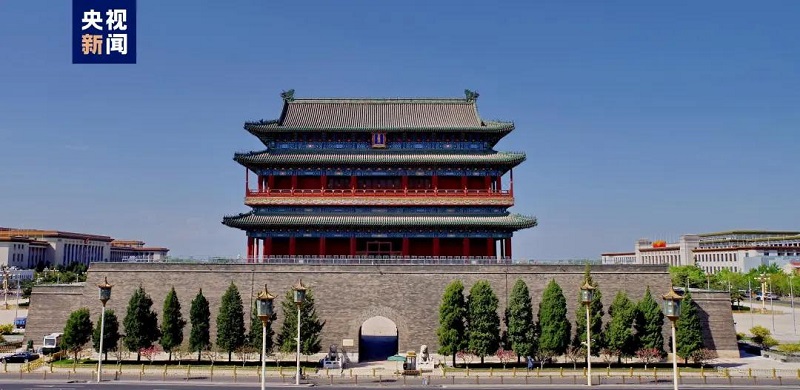

12. Temple of Heaven
A UNESCO World Heritage Site, this was where emperors worshipped and prayed for a good harvest.
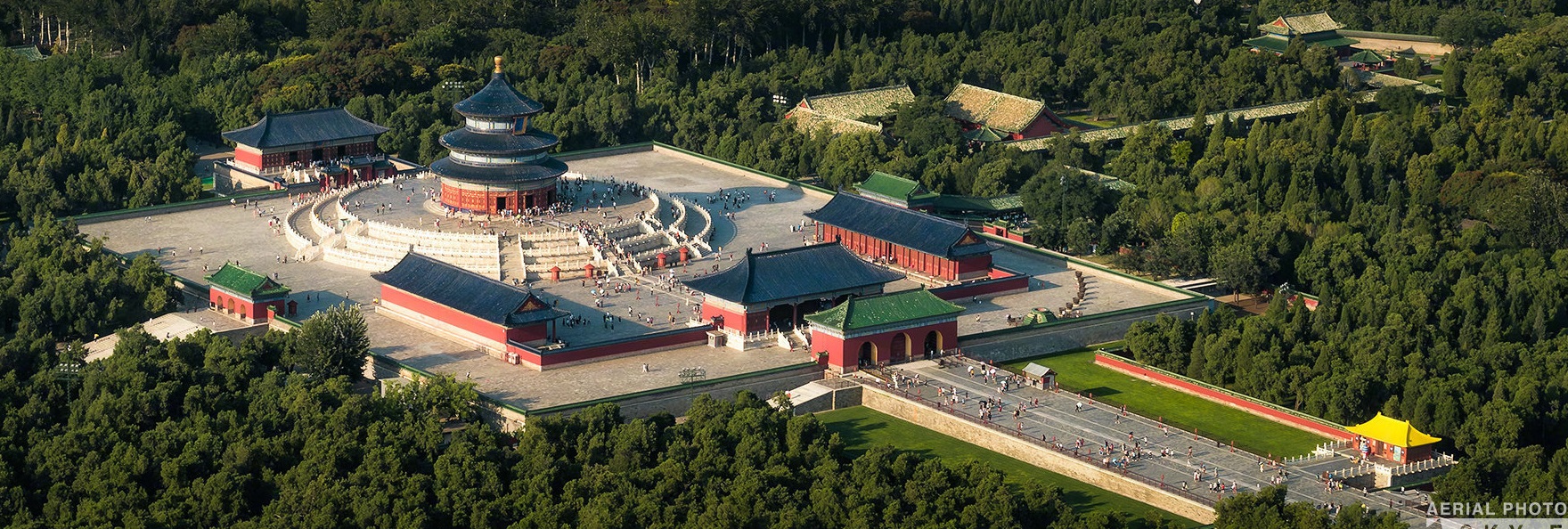
13. Agricultural God Altar
Temple of Agriculture. The place where rituals of imperial sacrifice to gods of agriculture were conducted during the Ming and Qing dynasties.

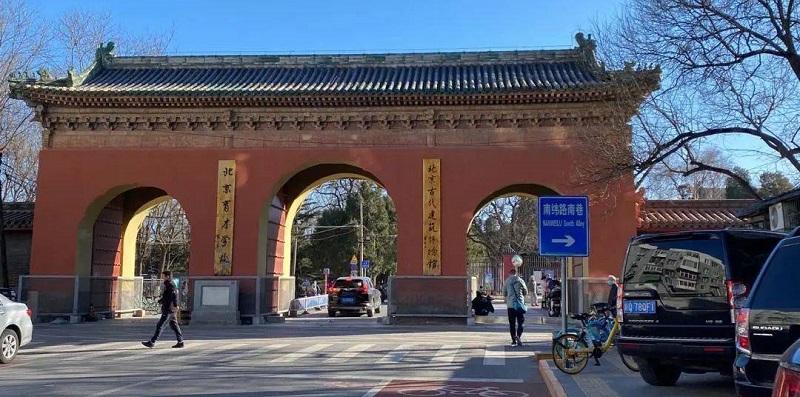
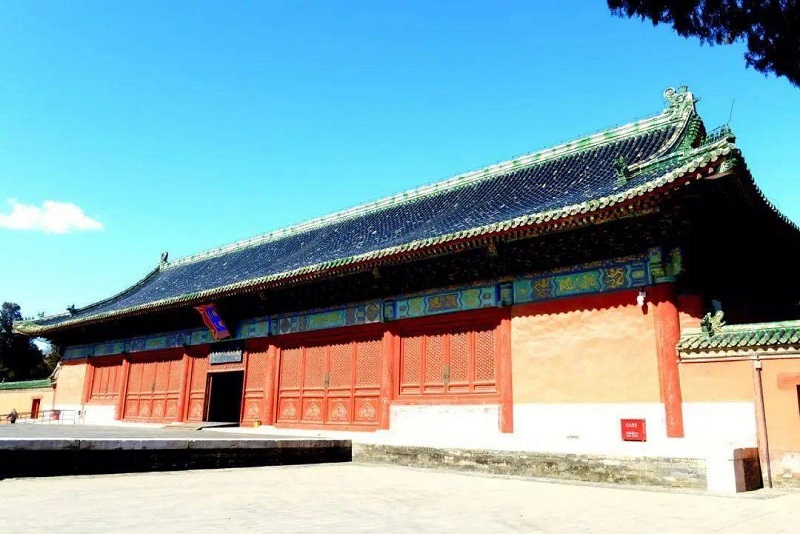
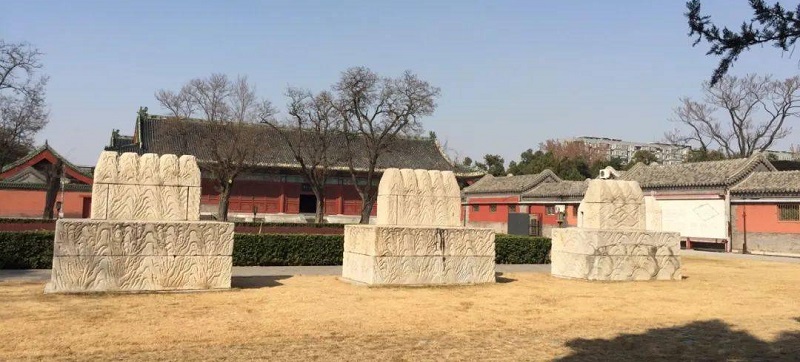
14. Southern Section Road Archeological Sites
Remnants of the southern section of the road. Some 100 meters to the north of Yongding Gate, this road was used as a royal route via which emperors went to southern Beijing for worship ceremonies.
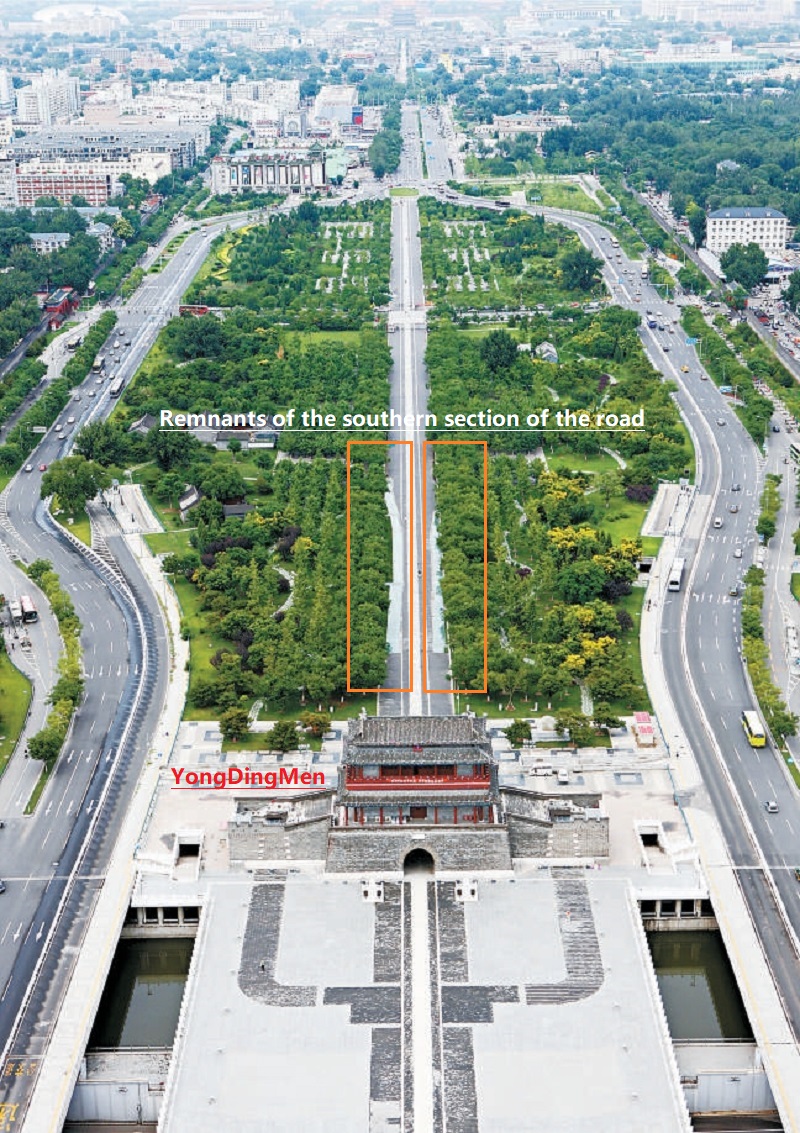
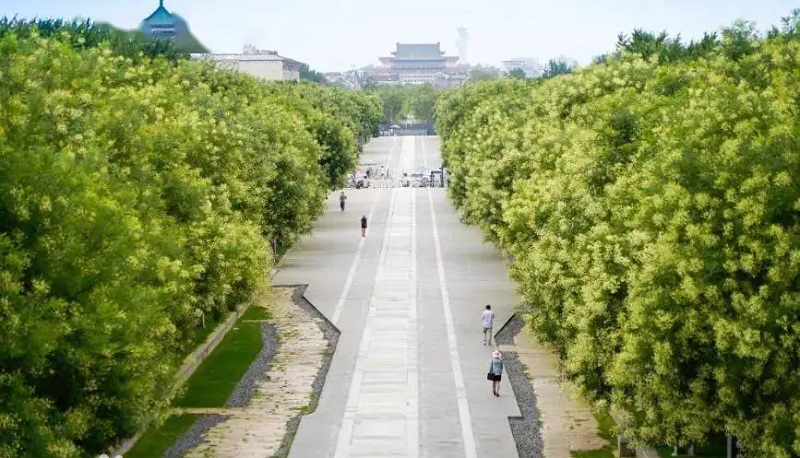

15. Yongdingmen Gate
Located in the southern end of the axis, it features the typical architecture of old Beijing.
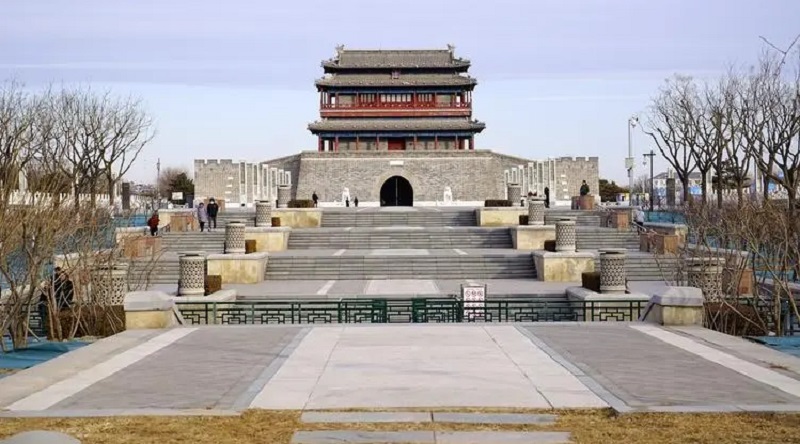
Stretching 7.8 kilometers north-south through the heart of Beijing, the inscribed property comprises 15 components, with the Bell and Drum Towers at its northern end and Yongdingmen Gate at the southern end.
Construction of the Beijing Central Axis began in the 13th century and took shape in the 16th century. It has undergone constant refinement over the past seven centuries and continues to influence Beijing's urban development to this day.
Related Video: Beijing Central Axis Video
Official Site: Beijing Central Axis, A Building Ensemble Exhibiting the Ideal Order of the Chinese Capital

